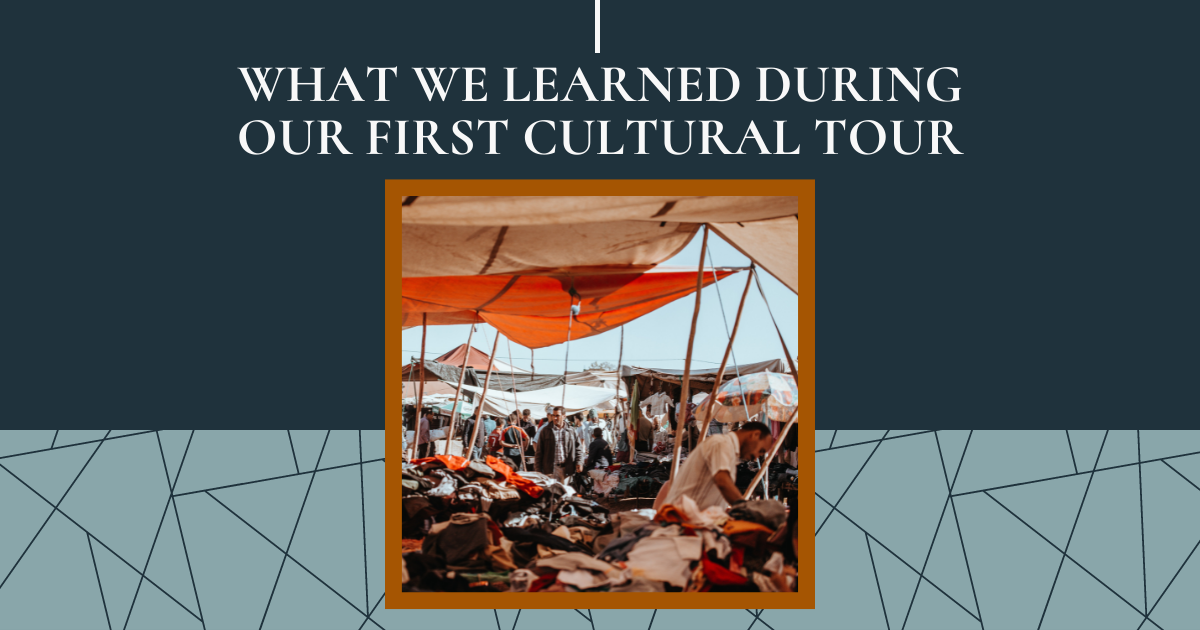Amazigh New Year
Updated January 2024
The Amazigh people (also known as Imazighen, or in English often called Berber* people) were the original inhabitants of Morocco two thousand years ago. Originally nomads, now Imazighen often live semi-nomadic lives or have settled into towns and villages, but the language, traditions, and norms continue to be passed down across generations. One of these traditions is the Amazigh New Year, which begins the evening of January 13th every year.
This Amazigh New Year’s celebration is called “Yennayer,” the same name as the word for the first month in the Amazigh calendar. This word may be derived from the literal words in Amazigh for “first month” (Yan = One, and Ayyur = month). The beginning of this year corresponds to the first day in January in the Julian Calendar. So, 2974 Amazigh year corresponds to 2024 in the Gregorian calendar. This celebration of the new year is also called “ Id Suggas,” by Imazighen, which means “night of the year,” or “ Haguza,” by Arabs, which means “agrarian year.” Even though the holiday marks the new year, it is also similar to the American or Canadian Thanksgiving holiday as it is a day to give thanks. Moroccan Imazighen have made continual calls on the government to honor the 12th of January as a national holiday. As with all kinds of new years in cultures around the world, Imazighen wish each other a happy new year, wishing each other a good year, longevity, and prosperity for all.
Every January on the twelfth day, when it is cold, rainy, and snowy in the Middle and High Atlas Mountains in Morocco, Imazighen, the local inhabitants of this land, celebrate the Amazigh New year along with Amazigh people throughout the world. However, the celebration in these parts of Morocco is really special. First and foremost, the Amazigh New Year is an agricultural celebration. Because winter is the time of year for the main rain and snowfall of the year, the precipitation in this season provides for the harvests of the whole year. Therefore, Imazighen celebrate this day, which is one of rainest, snowiest, and coldest days in the winter. In this sense, it is an expression of thanking and praise to God for these blessed days, where rain and snow are abundant. This is the reason the Imazighen are so happy and thankful, because they rely on rain and snow for their livelihoods.
Preparing food is an important part of this event. For instance, Imazighen in the Middle and High Atlas Mountain regions in Morocco prepare couscous with seven vegetables including pumpkin, cabbage, courgette (zucchini), carrot, onion, turnip, and tomato. As the ladies of these regions say, the couscous of this occasion should not contain any hot or spicy ingredients because they believe that these kind of ingredients are symbols of hard times and problems, and of course people always wish happiness for the coming times. Besides these ingredients, Amazigh ladies add to this special couscous some legumes and grains, seven in total, such as chickpeas, lentils, corn, and wheat. On the day before the celebration, they soak the grains and legumes in water to ensure they become soft before using them. They also include in the dish two or three boiled eggs. A very special part of this feast is that a date is always hidden in the dish of couscous. Whoever finds this hidden fruit is believed to be blessed and lucky throughout the year. In the past, this person was given the keys of the storage because he was believed to be trusted during the year.
So do not forget to congratulate your Imazighen friends, and tell them:
اسكاس امازيغ امبارکي اماينو
X°X÷J° 0°X÷0°
Happy Amazigh New Year
Bonne Année Amazigh
*We intentionally try to avoid the term Berber, because this name was given to Imazighen people by foreign people, especially European colonizers, and was used as a derogatory term (meant to imply barbarian or uncivilized). The Amazigh people generally prefer to be known as Imazighen, or one of the other names for their specific regional people groups.
Do you enjoy this type of cultural exploration? You may enjoy one of our Moroccan cultural workshops, available online or at our center in Fes.
Our Amazigh Culture Workshop dives in deeper to the history, traditions, and culture of this people group.














Morocco is a very unique country for several reasons. The first is its strategic location in the northwest of the continent of Africa, just 14 kilometers south of Europe. This beautiful country is bordered by the Mediterranean Sea in the North, the Atlantic Ocean in the West, Algeria to the East, and Mauritania to the South. For this reason, Morocco is a crossroads where cultures, civilizations, and ethnicities meet.